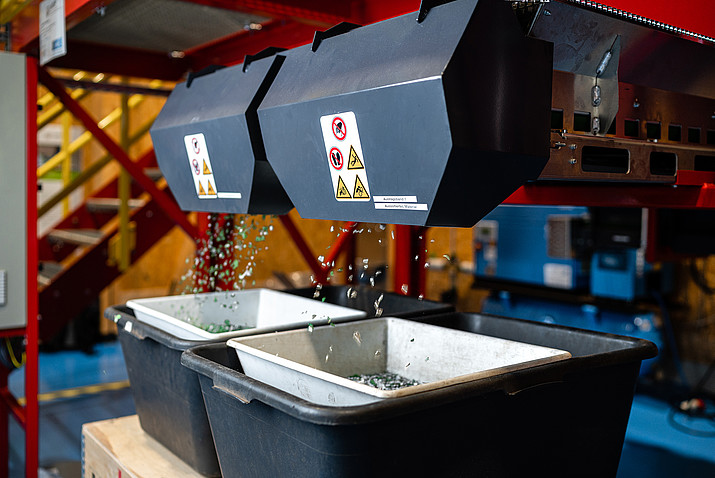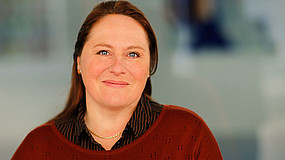A pioneering step

The LaNDER³ partnership pursues the goal of advancing and decisively influencing material and technology development in the field of natural fiber-reinforced plastics (NFRP). LaNDER³ has therefore built up a large research network in recent years. With its help, it should be possible to view NFRP as materials in a closed value chain. The separation and recycling of natural fiber composites that have reached the end of their life cycle is also extremely important.
The use of biodegradable biopolymers based on renewable raw materials is not only ideal for the production of NFRP and consumables, but also offers enormouspotential for CO2 savings in production and a possible reduction in the weight of the manufactured goods. As a result, more and more manufacturers of products made from these materials are entering the market. In addition, there is still a lack of awareness in society regarding the correct disposal and waste separation of these materials.
However, successful recycling can only take place if materials have been sorted correctly in advance.
The impulse project 7 "Recycling of NFRP materials", which was created within the LaNDER³ partnership, is therefore investigating possible recycling technologies for NFRP. In future, the sorting process for end-of-life products is to be carried out using automated sorting systems and their technologies. These technologies have the task of sorting NFRP or natural fiber-based consumables from a mixed waste stream and then recycling them for material or energy recovery. In addition to incineration, sorted NFRP can be used, for example, as recycled plastic for injection molding or as a filler in new products.
In order to investigate the sortability of NFRP, it must first be shredded. The Impulsprojekt 7 team discovered that shredding works best if both the NFRP and the cutting mill are cooled down to high minus temperatures with liquid nitrogen beforehand. The cooling makes the NFRP brittle and easier to cut. The researchers now need to optimize these shredding technologies. For example, by determining the optimum minus temperature and the most suitable cutting tool.
As natural fiber-based materials occur together with other substances in a mixed waste stream, the sorting systems must be able to identify and separate these materials. To investigate and optimize the sortability of the previously shredded NFRP from a real waste stream, the research team makes use of the different light reflection of different materials. For example, NFRP reflects light differently than other plastics or cardboard. The sorting systems used in research at LaNDER³ and also in some cases already in practice have optical sensors to measure this reflection and are then able to identify and separate the materials accordingly. Machines must be trained to recognize the light reflection of the materials of the future in order to optimally separate new materials. From March 2024, the researchers, together with student support, are even planning an investigation into the optical sorting of black-colored plastics. Sorting these has been a major challenge to date due to the very low light reflection of black color.
In the area of recycling, LaNDER³ works very closely with its practice partner Steinert Unisort GmbH and this cooperation is bearing fruit: Over the past two years, a sorting system has been developed which will soon be used in practice. During the test run of this sorting plant, the aim was to find out how new materials based on natural fibers behave in a complex recycling plant in terms of their sortability. The extent to which these materials can be recognized by the plant was investigated. In addition to materials already available on the market, the sortability of materials resulting from research in other LaNDER³ sub-projects was also examined. The LaNDER³ materials included disposable materials from the Consumables sub-project and plastics reinforced with natural fibers, such as door panels from the IP5 sub-project.
The sorting system identifies materials based on their structural composition and, as a result of the test, was able to sort 95% of all the consumables examined and the new plant-based materials created in the consumables sub-project into the correct fraction. This represents a huge step forward in the recycling of NFK. Together with Steinert Unisort GmbH, LaNDER³ now faces the task of optimizing this sorting process. Anett Kupka, researcher in impulse project 7 Recycling of NFRP materials, suggests paying more attention to the surface properties during production. It could then be possible to sort 98% of the materials into the correct fraction instead of 95%. Research means experimenting, analyzing, recognizing and learning from this. It can be assumed that the recycling of materials will continue to play an important role in LaNDER³'s research in the future.
